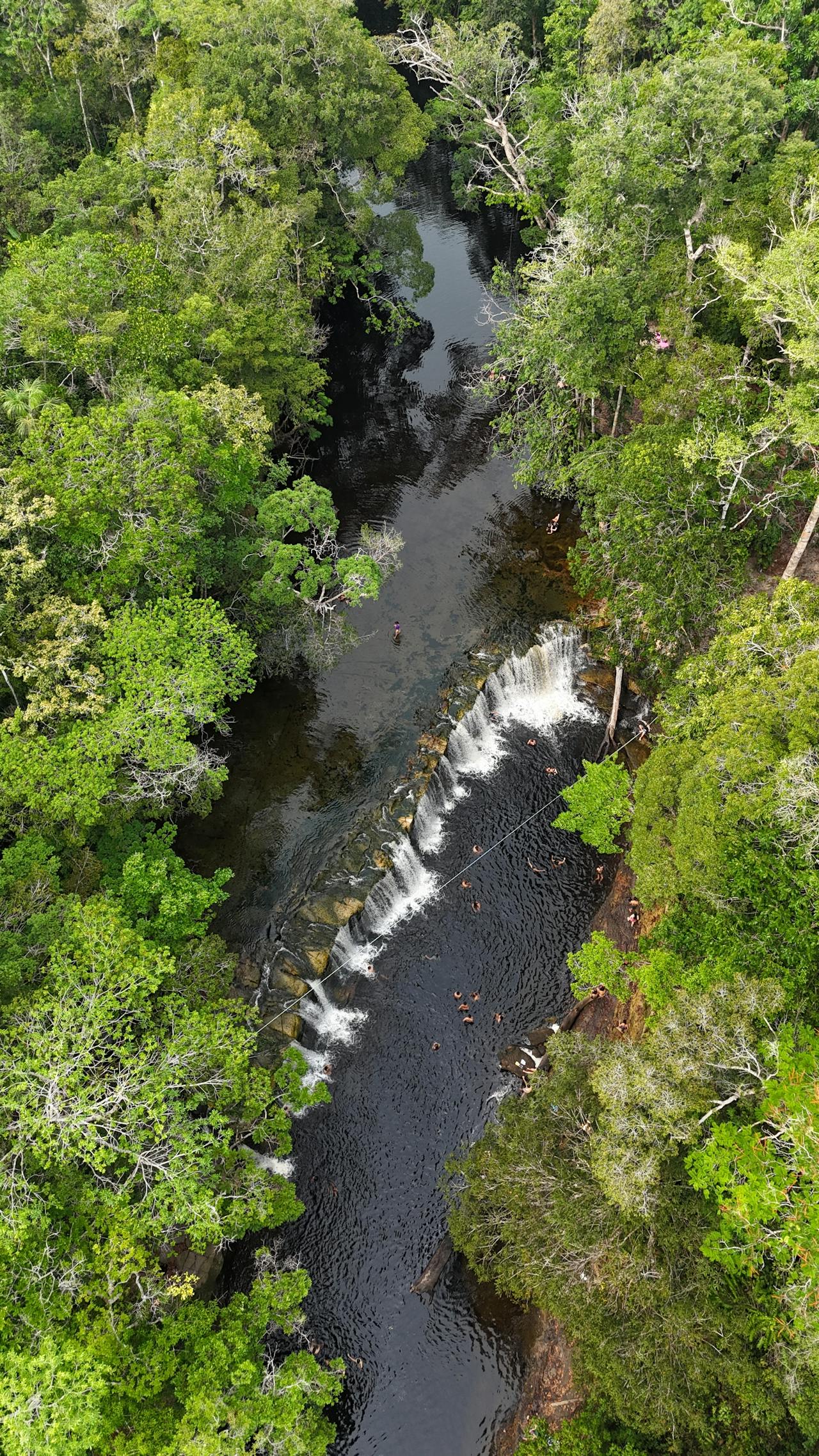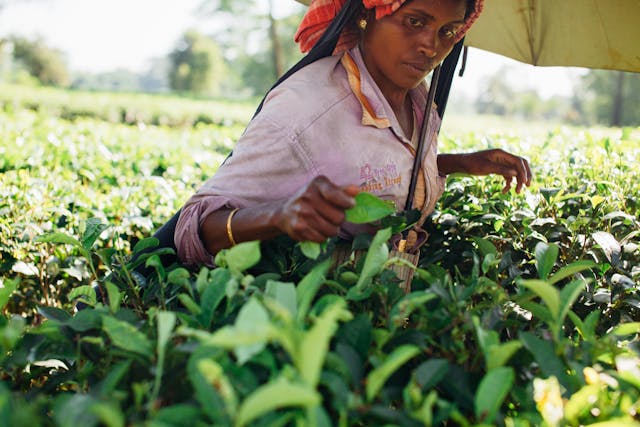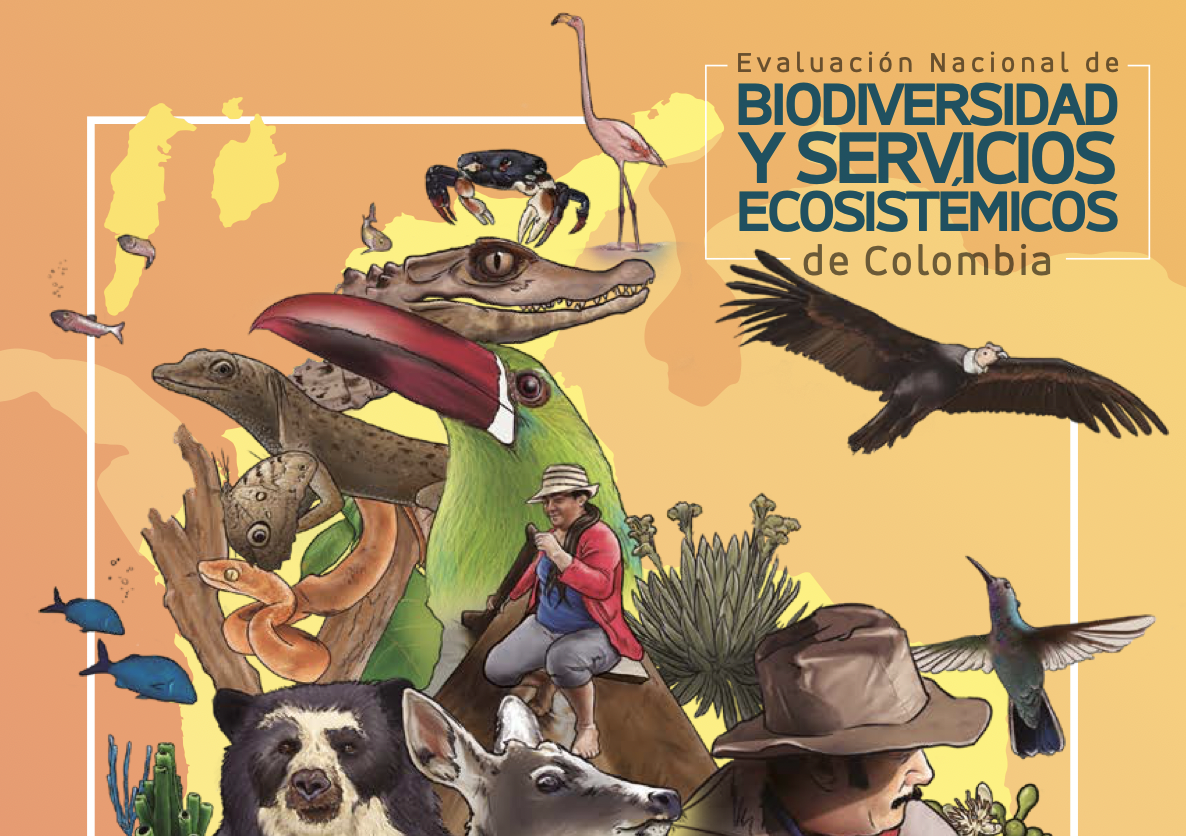Urban green spaces can provide many types of ecosystem services for residents. An imbalance in the pattern of green spaces leads to an inequality of the benefits of such spaces. Given the current situation of environmental problems and the basic geographical conditions of Xi’an City, this study evaluated and mapped four kinds of ecosystem services from the perspective of equity: biodiversity, carbon sequestration, air purification, and climate regulation. Regionalization with dynamically constrained agglomerative clustering and partitioning (REDCAP) was used to obtain the partition groups of ecosystem services. The results indicate that first, the complexity of the urban green space community is low, and the level of biodiversity needs to be improved. The dry deposition flux of particulate matter (PM2.5) decreases from north to south, and green spaces enhance the adsorption of PM2.5. Carbon sequestration in the south and east is higher than that in the north and west, respectively. The average surface temperature in green spaces is lower than that in other urban areas. Second, urban green space resources in the study area are unevenly distributed. Therefore, ecosystem services in different areas are inequitable. Finally, based on the regionalization of integrated ecosystem services, an ecosystem services cluster was developed. This included 913 grid spaces, 12 partitions, and 5 clusters, which can provide a reference for distinct levels of ecosystem services management. This can assist urban managers who can use these indicators of ecosystem service levels for planning and guiding the overall development pattern of green spaces. The benefits would be a maximization of the ecological functions of green spaces, an improvement of the sustainable development of the city, and an improvement of people’s well-being.
Evaluation of the Equity and Regional Management of Some Urban Green Space Ecosystem Services: A Case Study of Main Urban Area of Xi’an City
Year: 2021

































































































































































































































































































































































































































































































































































































































































































































































































































































































































































































































